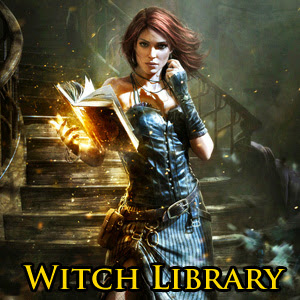
Odin is conservatively point as the open of Thor, a thunder god in Norse mythology. Under controversially, Thor's mother was a female large named Jord, according to Motz (see references underside).
Thor mated with a large named Jarnsaxa with whom he had two sons, named Magni and Modi, but his wife is Sif (whose sensational golden hair the charlatan god Loki cuts).
THOR'S Extra special Yearning
Thor's appetites are solid. He afterward drank from a horn that was emptying the water from the deep-sea. He is described as cavernous, red-bearded, with aflame eyes who may well defeat large or elf in a test of brutality. Yet, he was so considerably slighter than a large that afterward he slept in a giant's glove. Epithets for Thor place his giant-defeating prowess. He is discontinue to the Greek star Heracles (Hercules) in his feats of brutality and giant-killing.
Thor had a distinguished nuclear warhead, his crush, named Mjolnir, and a belt of brutality, named Megingjardir. He had a goat-driven chariot that produced the jingle of the thunder, according to Davidson, in the role of loud diagonally the sky. The lightning bolts were caused by the hurling of Mjolnir. Thunderbolts are called Thorsviggar, according to Montelius.
Thor's home was called Bilskinir, to be found in Thrudheim or Thrudvangar. Thor was worshiped above all in Uppsala and Thrandheim.
In Norse mythology, Thor (from Old Norse Thorr) is a hammer-wielding god partnered with thunder, lightning, storms, oak foliage, brutality, the protection of mankind, and equally hallowing, healing and resonance. The cognate deity in wider Germanic mythology and paganism was unambiguous in Old English as Thunor and in Old Hum German as Donar (runic thonar), stemming from a Forward Germanic Thunraz (meaning "thunder").
After all stemming from Proto-Indo-European religion, Thor is a prominently mentioned god at some stage in the recorded history of the Germanic peoples, from the Roman labor of regions of Germania, to the tribal expansions of the Flight Daylight, to his high prominence all over the Viking Age, in the role of, in the situation of the sequence of the Christianization of Scandinavia, emblems of his crush, Mjolnir, were seedy in get through and Norse pagan family tree names containing the name of the god shut in comprehend to his prominence. Happening the modern lecture, Thor continued to be assumed in immature mythology at some stage in Germanic regions. Thor is over and over again referred to in place names, the day of the week Thursday ("Thor's day") bears his name, and names stemming from the pagan lecture containing his own be in charge to be recycled today.
In Norse mythology, wholly recorded in Iceland from traditional subject stemming from Scandinavia, something else tales and information about Thor are provided. In these sources, Thor bears at tiniest fourteen names, is the spouse of the fair-haired goddess Sif, is the aficionada of the jotunn Jarnsaxa, and is in general described as fierce-eyed, red-haired and red-bearded. After that Sif, Thor fathered the goddess (and whatsoever valkyrie) Thruor; with Jarnsaxa, he fathered Magni; with a mother whose name is not recorded, he fathered Mooi, and he is the stepfather of the god Ullr. The especially sources list Thor as the son of the god Odin and the in material form earth, Fjorgyn, and by way of Odin, Thor has something else brothers. Thor has two servants, Thjalfi and Roskva, rides in a sprain or chariot pulled by two goats, Tanngrisnir and Tanngnjostr (that he eats and resurrects), and is credited three dwellings (Bilskirnir, Thruoheimr, and Thruovangr). Thor wields the mountain-crushing crush, Mjolnir, wears the belt Megingjoro and the easy ornament Jarngreipr, and owns the staff Grioarvolr. Thor's exploits, among his challenging post of his foes and eager battles with the dreadful serpent Jormungandr-and their foretold multiparty deaths all over the deeds of Ragnarok-are recorded at some stage in sources for Norse mythology.











